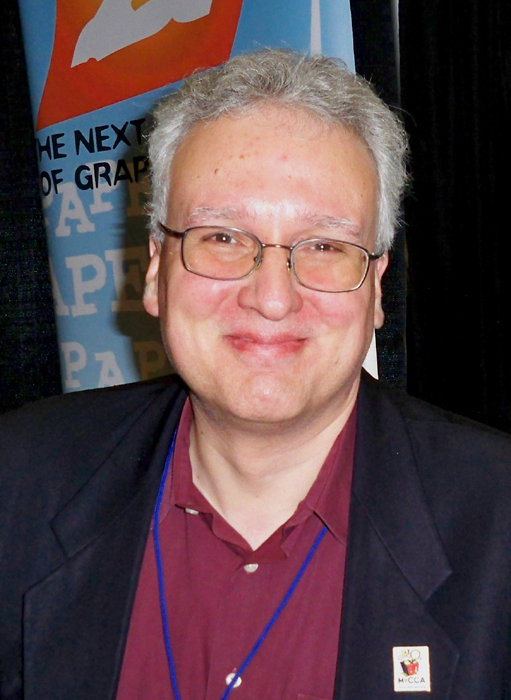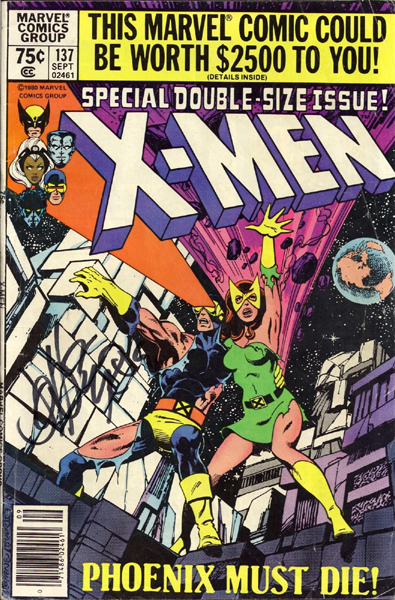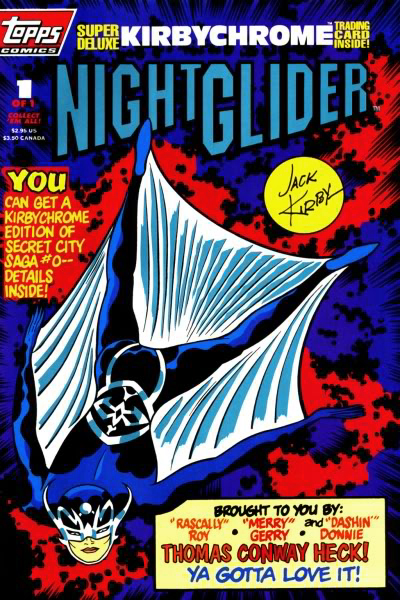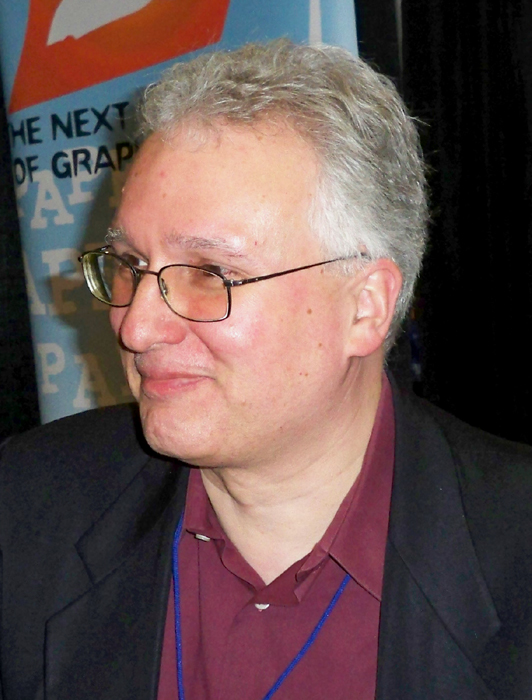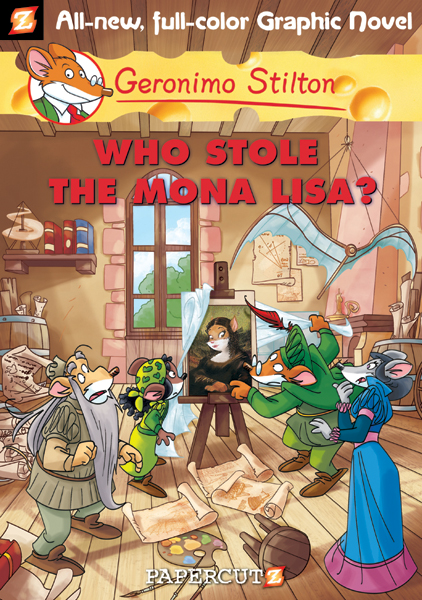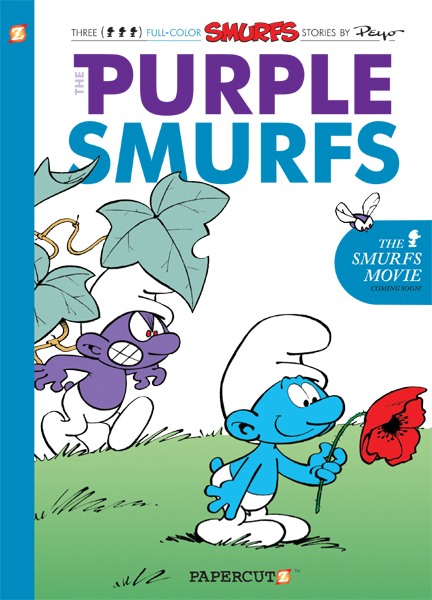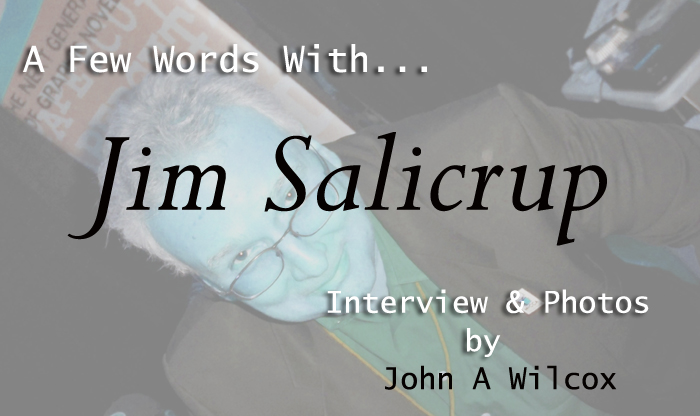

Years ago, I had the pleasure of working for Jim Salicrup during his tenure as an editor at Marvel Comics. At the time he was editing the entire line of Spider-Man titles. Flash forward to 2011 - Salicrup has gone from Spidey to the Smurfs as he works for Papercutz - a graphic novel publisher. Put on your Underoos and join me as Jim & I talk comic books...
